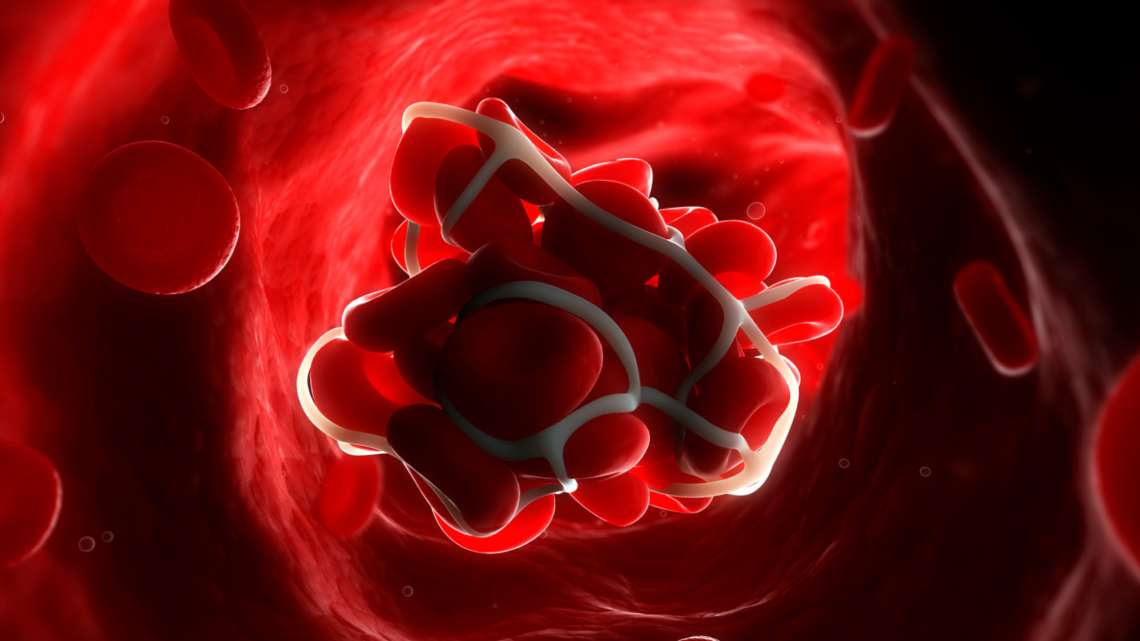Health
-
Halloween Safety Tips for Young Trick-or-Treaters
Halloween is undeniably a time of excitement for children, offering the joys of dressing up, gathering candy, and the thrill of the spooky season. Yet, with all the fun, safety must remain at the forefront to ensure a memorable and accident-free celebration. Here’s a deeper dive into how to make your child’s Halloween both safe and enjoyable. When it comes to costume safety, visibility is paramount. Opting for costumes in brighter shades or adding reflective tape can make a significant difference in ensuring children are easily spotted by drivers during the twilight hours. While the allure of long, flowing gowns or capes can be strong, it’s crucial to ensure that…
-
Jet Lag’s Impact on Health and How to Combat It
Jet lag, also known as desynchronosis, is a temporary sleep disorder that occurs when a person’s internal body clock is out of sync with the external environment. This misalignment often happens after crossing multiple time zones. While jet lag is a common experience for many travellers, its effects on health and overall well-being can be significant. This article delves into the health implications of jet lag and offers strategies to manage and mitigate its effects. The Science Behind Jet Lag Our bodies operate on a natural 24-hour cycle called the circadian rhythm. This rhythm regulates various physiological processes, including sleep-wake patterns, body temperature, and hormone release. When we travel across…
-
Sources of Vitamins and Minerals
Vitamins and minerals are essential nutrients our bodies need in order to develop and function at its fullest potential. Without these important nutrients, it’s possible to experience a wide range of unpleasant symptoms, including fatigue and weakness and/or light-headedness, hair loss, pale skin, constipation, and even trouble breathing – and while there are supplements you can take to ensure you’re getting some of the essential nutrients that your body requires, the best sources of vitamins and minerals often come straight from the foods we eat. When it comes to vitamins, these are separated into two different categories: Water-soluble and fat-soluble. Water-soluble means that the body will expel what it doesn’t…
-
Sleep Deprivation and Its Impact on Health
In an increasingly fast-paced world where productivity is celebrated, sleep often takes a back seat. The hustle culture, along with modern lifestyles and technological advancements, has resulted in many individuals sacrificing sleep for work, entertainment, or other commitments. However, sleep deprivation is not a benign issue. It can have profound consequences on one’s health, both in the short and long term. What is Sleep Deprivation? Sleep deprivation is defined as not obtaining the amount of sleep needed for optimal health and well-being. While the exact amount of sleep required varies by age and individual needs, adults typically need between 7 to 9 hours of sleep per night. When individuals consistently…
-
Dyslexia
Dyslexia is a prevalent learning disorder that affects approximately 1 in 5 individuals. It primarily manifests as difficulty in reading due to challenges in identifying speech sounds and understanding how these sounds correlate to letters and words, a process often referred to as decoding. Though sometimes termed a reading disability, it is crucial to understand that dyslexia does not reflect a person’s intelligence or potential. Instead, it stems from distinct differences in the areas of the brain that are responsible for processing language. The human brain is an intricate organ, and the way it processes information can vary significantly from one individual to another. In the case of dyslexia, these…
-
Intensive Care
The Intensive Care Unit (ICU) is a specialised section of a hospital where critically ill patients receive intense and close monitoring. ICU staff, including nurses, physicians, and therapists, are specially trained to care for patients with severe or life-threatening conditions. Let’s delve into why patients are admitted to the ICU, the unit’s pivotal role during the pandemic, and its overarching importance in healthcare. Why are Patients Admitted to the ICU? Patients are placed in the ICU for various reasons, which typically revolve around the need for advanced medical care and constant monitoring. These can include: Respiratory Failure: Patients who can’t breathe on their own due to conditions like severe pneumonia…
-
What is Psoriasis?
Psoriasis is more than just a skin condition. For many, it’s an ongoing battle, a daily challenge, and an intricate part of their identity. By understanding the basic facts about psoriasis, we can foster empathy and support for those living with this ailment. Let’s delve deeper into the crucial facts about psoriasis and its impact on the lives of many Canadians and people worldwide. 1. The Age of Onset: Most often, psoriasis rears its head between the ages of 15 and 25. This means many individuals are introduced to the condition during their formative years, possibly affecting their self-esteem and interactions. Interestingly, there is a second, smaller surge in incidence…
-
What is Occupational Therapy?
In today’s ever-evolving healthcare landscape, many Canadians may have come across the term “occupational therapy” without a clear understanding of what it entails. What is Occupational Therapy? Occupational therapy (OT) is a type of health care that helps individuals of all ages regain, develop, or maintain the skills they need to lead fulfilling lives. Contrary to what the name might suggest, it doesn’t focus solely on employment-related tasks but encompasses a broader range of daily activities. Occupational therapists (OTs) are trained professionals who work with people to help them perform everyday activities, whether it’s tasks related to personal self-care, work, or leisure. Their goal is to help clients achieve independence,…
-
Understanding Invisible Disabilities
In the realm of health and wellness, we often speak of understanding, compassion, and empathy. One area that urgently calls for this understanding is the concept of invisible disabilities. As a family physician, I have seen countless patients grapple not only with the challenges of their conditions but also with the societal misconceptions surrounding them. It’s vital for all Canadians to recognize that not all disabilities are visible, and there’s a spectrum of disorders and challenges that many silently endure. What Are Invisible Disabilities? Invisible disabilities refer to a range of conditions that aren’t necessarily always immediately apparent or visible to an onlooker. While someone with a physical disability might…
-
Thrombosis
Thrombosis, in a broad medical sense, pertains to the formation of a blood clot, known as a thrombus, within a blood vessel. This aberrant clotting can obstruct the flow of blood through the circulatory system, presenting a myriad of health implications and sometimes cascading into life-threatening situations. Signs and Symptoms Detecting thrombosis early is pivotal to managing and mitigating potential risks. The signs and symptoms may vary, contingent upon the location of the thrombus: Deep Vein Thrombosis (DVT): DVT commonly occurs in the legs and might present symptoms like pain, swelling, warmth, and redness in the affected area. Pulmonary Embolism: When a blood clot travels to the lungs, symptoms might…









